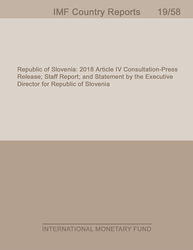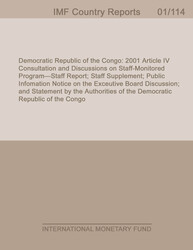
Haiti: Ex Post Assessment of Longer-Term Engagement
EXECUTIVE SUMMARYHaiti's 2006 and 2010 Fund-supported programs started under very different circumstances but shared the main objectives of preserving macroeconomic stability and creating the conditions for a sustained growth takeoff through structural reform. The 2006 program started as Haiti was making progress toward macroeconomic stabilization. Reducing inflation and avoiding fiscal dominance of monetary policy were top priorities. The 2010 program started in the aftermath of a devastating earthquake. It faced the challenges of dealing with a huge inflow of aid and scaling up public investment. Both programs aimed to foster reforms to address long-standing governance and transparency concerns, as well as improving revenue mobilization to increase fiscal space and reduce fiscal vulnerabilities. Growth was to rise to 4-6 percent, an ambitious objective given Haiti's long history of serious fragility with near zero or negative growth.There were notable successes during the two programs. Despite a series of shocks, inflation remained in single digits and international reserves increased by more than expected, which helped to limit exchange rate volatility in the context of the large aid inflow. Program performance criteria effectively eliminated central bank credit to the government, thus reducing risks of fiscal dominance. Structural reforms also advanced, particularly during the 2006 program which coincided with the HIPC process. Revenue administration improved, with tax revenue rising steadily over the two programs. These achievements were not negligible given Haiti's history.
Publication date: January 2015
ISBN: 9781484305751
$18.00
Add to Cart by clicking price of the language and format you'd like to purchase
Available Languages and Formats
| English |
Prices in red indicate formats that are not yet available but are forthcoming.
Topics covered in this book
This title contains information about the following subjects.
Click on a subject if you would like to see other titles with the same subjects.
Money and Monetary Policy , International - Economics , Public Policy ,
Also of interest
Summary
Copyright © 2010 - 2025
Powered by:
AIDC



